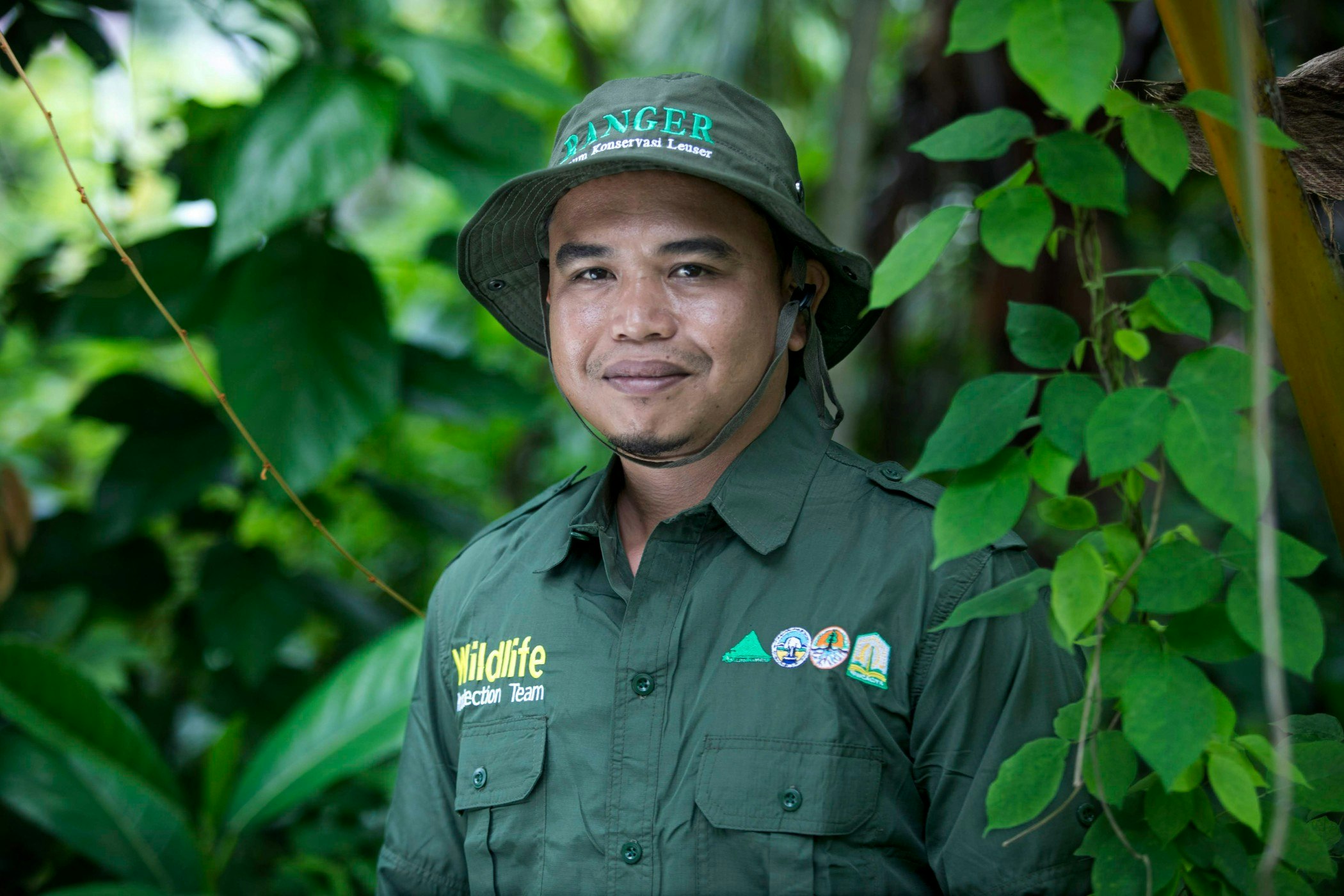The island of Sumatra is the last place on Earth where orangutans, rhinos, elephants, and tigers coexist, but this may not be the case for much longer: habitat loss and poaching have left rhino populations on the brink of extinction.
SEED DISPERSERS
Sumatran rhinos are Critically Endangered and perilously close to extinction. The Leuser Ecosystem in Aceh is home to the highest number of remaining Sumatran rhinos and represents their last hope for survival. Although small in comparison to their African relatives, these rhinos are important eco-engineers, swallowing big fruits whole and depositing nutrient-rich dung piles across the landscape. Evidence shows that neither elephants nor other animals can fully replace their role — and as their population dwindles, the consequences are unfolding in real time.
LIMITED BREEDING
Poaching for rhino horn was the initial cause of their rapid decline and remains an ongoing threat, but this has been preceded by their inability to breed in recent years, with limited numbers impeding reproductive success, and shrinking habitat due to oil palm plantations and timber extraction exacerbating the problem. There are three isolated populations in eastern Leuser. Each is small, estimated to be in single figures, and therefore not viable. One viable population remains in western Leuser and Dedy and his team are working hard with government authorities to ensure this population can thrive in the wild. However, with fewer than 80 individuals remaining, the Sumatran rhino is at risk of extinction due to reproduction problems, small genetic variation, and unbalanced sex ratios decreasing encounters between males and females – even without poaching.
THE LAST STAND
The national Sumatran Rhino Emergency Action Plan has concluded that the isolated rhino populations in the eastern Leuser Ecosystem must be rescued and that a captive breeding programme is necessary to save the species. The government has proceeded with plans to construct a conservation breeding centre in eastern Leuser, but protection is still required in the coming years. To bridge this gap, Dedy and his team at Leuser Conservation Forum will continue their successful patrolling efforts to protect these precious populations from poaching and their habitat from illegal logging. They will gather accurate data and map the locations of isolated individuals to ensure all is prepared for the next stage of the national conservation programme, giving the species the best chance of survival.
Dedy and his team will:
- Establish an extra anti-poaching patrol team to upscale frontline efforts to protect isolated rhinos, deter poachers, dismantle snares, and prevent habitat loss
- Create a new monitoring and survey team to gather vital data on Sumatran rhinos to inform recovery of the species in the Leuser Ecosystem
Top facts:
- The Leuser Ecosystem is one of the largest conservation areas in Southeast Asia, spanning 2.2 million ha in Aceh and supporting 4m Acehnese people
- Sumatran rhino have declined by 70% in the past two decades
- Patrol teams have dismantled over 3,000 wildlife snares in the last 5 years and maintained a zero-poaching rate for rhino
“There is a huge probability this project will be our last chance to save the remaining Sumatran rhino. “ Dedy Yansyah
Image credits: Kike Arnal (headshot), BBTNGL & FKL (Sumatran rhino), Jun Ha (patrols in forest, patrol with snare), Paul Hilton (training meeting)



